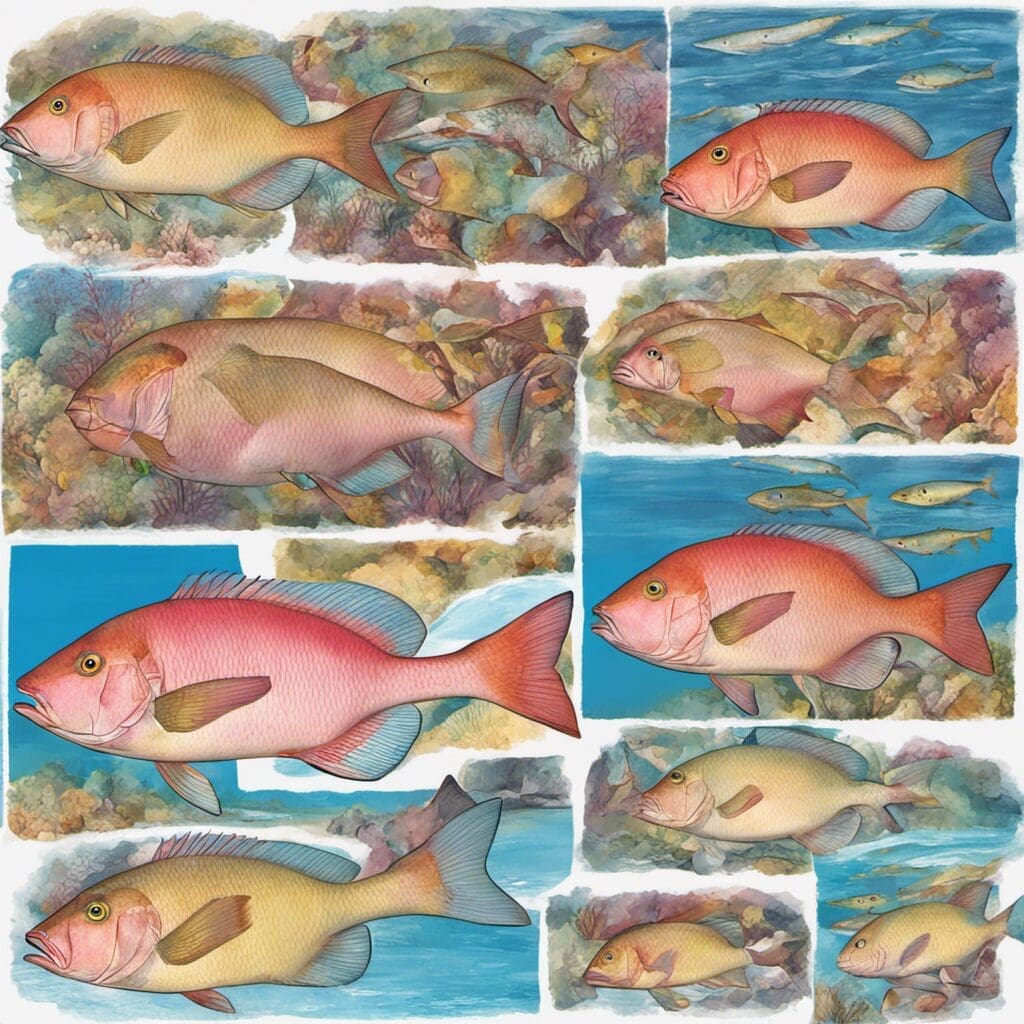Introduction
Species: Mutton Snapper (Lutjanus analis)
Family: Lutjanidae
Conservation Status
Current Status: The Mutton Snapper falls into the category of ‘Least Concern’ according to the International Union for Conservation of Nature (IUCN). However, due to high fishing pressure, the populations of the species are experiencing moderate declines.
Conservation Efforts: There are restrictions on the fisheries capture size in many areas and the species is also a part of various Marine Protected Areas (MPAs).
Statistics
| Stat | Average | Range |
|---|---|---|
| Length | 35 cm | 15-100 cm |
| Weight | 5 kg | 1-15 kg |
| Average Lifespan | 16 years | Not specified |
Distribution
Regions/Countries: The Mutton Snapper is found in the western Atlantic Ocean, from Massachusetts to Brazil, including the Gulf of Mexico and the Caribbean.
Migration Patterns: Mutton Snappers do not typically migrate, but they do gather in large spawning aggregations.
Habitats
Water Type: Saltwater and Brackish
Depth Range: 25 – 95 m
Temperature Range: Not specified
When and Where to See
Seasonal Patterns: Mutton Snappers spawn in the late spring and early summer, and are most commonly spotted during this season.
Time of Day: They are most active during the day, especially around dawn and dusk.
Best Fishing Locations
Top 10 Places:
- Florida Keys, Florida, USA
- Abaco Islands, The Bahamas
- Gulf of Mexico
- Caribbean Coast, Costa Rica
- Northeast Reefs, Bermuda
- Curaçao, Netherlands Antilles
- Bimini, The Bahamas
- Grand Cayman, Cayman Islands
- Providencia Island, Colombia
- Bay Islands, Honduras
General Tips: Look for them near reefs or rock formations where they like to hide. Be sure to use heavy tackle and bait that mimics their natural diet like small fishes or crustaceans.
Identification Guide
The Mutton Snapper is distinguished by its olive-green back, red sides, blue spots, and a black spot on the upper back.
Culinary
Their firm, white meat is a favorite among seafood lovers. It can be grilled, baked, or made into a delicious fish curry. High in protein and omega-3 fatty acids, it is not only tasty but also nutritious.
Additional Information
Behavior: Mutton Snappers are solitary, active predators with a diet consisting mainly of fishes, cephalopods, and crustaceans. They are known to be cautious and can be challenging to catch.
Predators and Threats: Natural predators include larger pelagic fishes and sharks, their human-induced threats mainly come from overfishing for commercial and recreational purposes.

